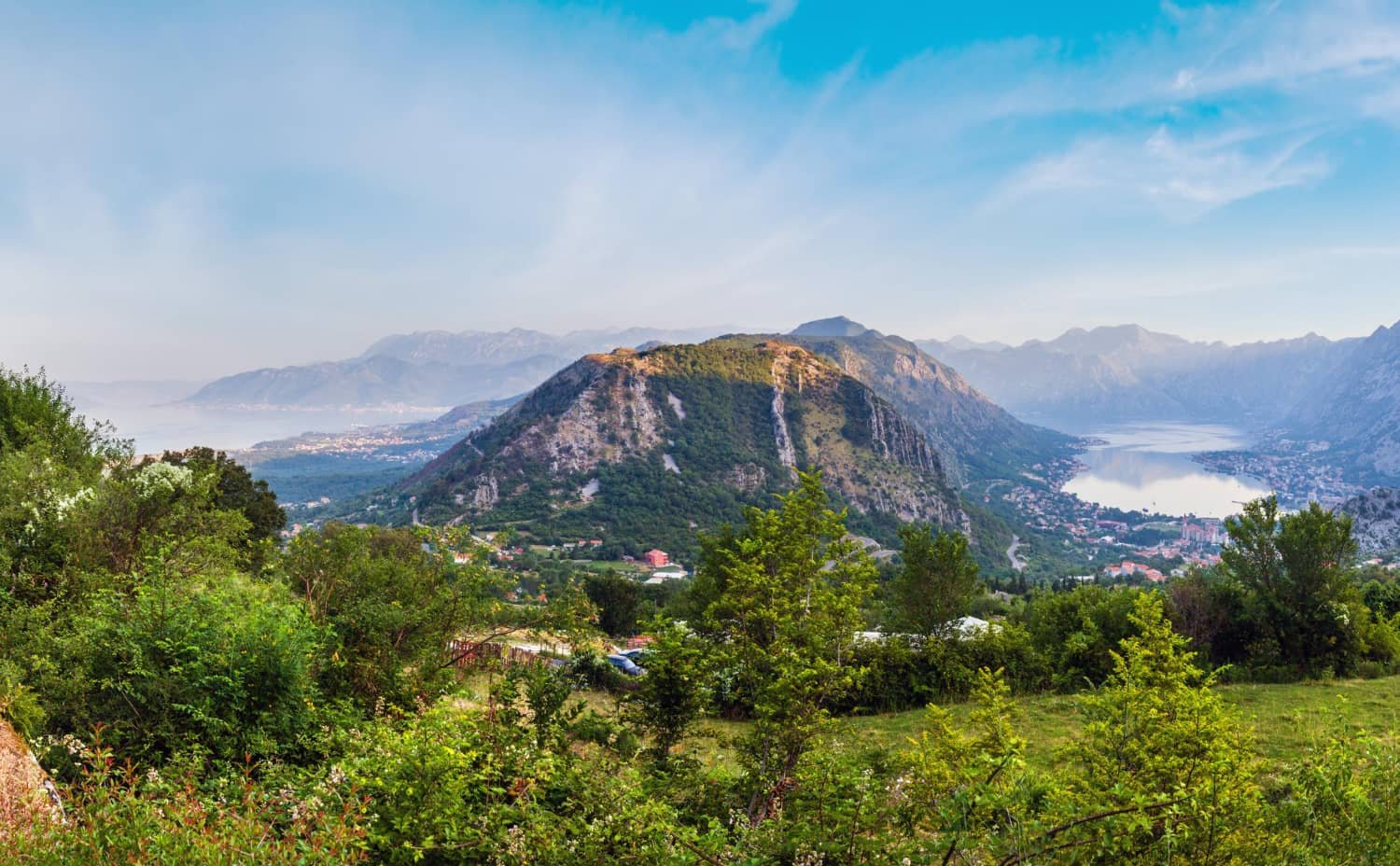In this article, we will delve into some of the most notable UNESCO World Heritage sites in Montenegro, highlighting their significance and allure for those seeking a truly unforgettable travel experience.
Montenegro, a small Balkan country between the Adriatic Sea and rugged mountains, boasts an impressive array of cultural and natural wonders. Among these treasures are its UNESCO World Heritage sites, which showcase the nation’s rich history and breathtaking landscapes.
UNESCO World Heritage Sites in Montenegro
From ancient towns to stunning national parks, Montenegro offers visitors a chance to explore these remarkable destinations recognized for their outstanding universal value.
This small yet captivating country is home to several sites that embody the rich history, stunning landscapes, and exceptional universal value celebrated by UNESCO.
Let us embark on a journey through these extraordinary destinations as we explore the UNESCO World Heritage sites in Montenegro.
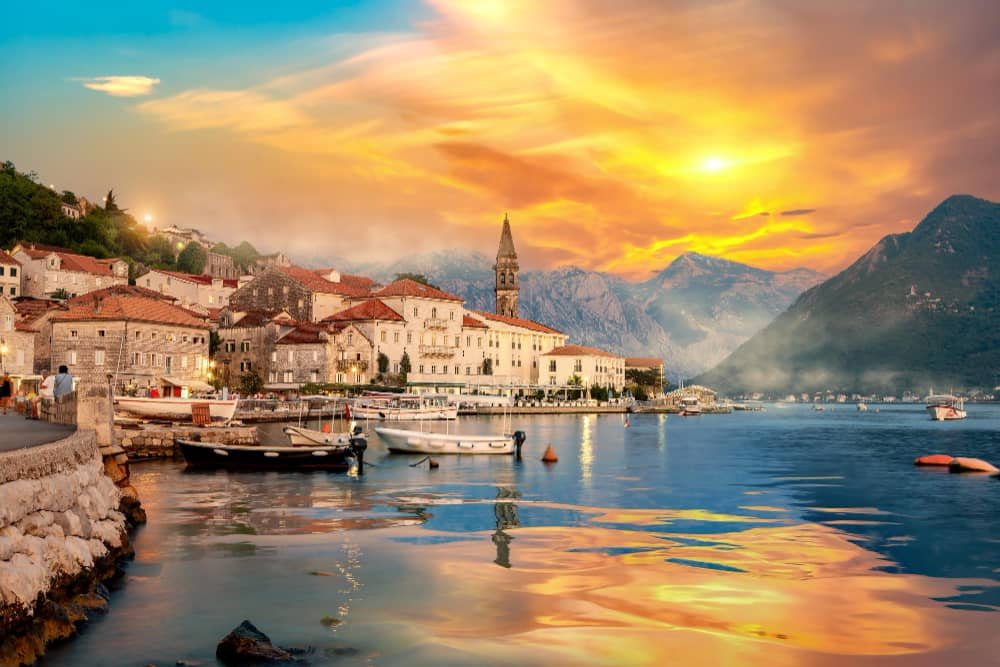
Natural and Culturo-Historical Region of Kotor
Montenegro, a small Balkan country between Croatia, Serbia, Albania, and the Adriatic Sea, offers a breathtaking blend of natural beauty and rich cultural heritage. Among its many treasures lies the Natural and Culturo-Historical Region of Kotor, a UNESCO World Heritage site that encapsulates the country’s history and natural wonders.
This region is renowned for its stunning landscapes, medieval architecture, and old-town charm that has captivated visitors from around the globe. The Natural and Culturo-Historical Region of Kotor, one of the most magnificent UNESCO World Heritage sites in Montenegro is the Natural and Culturo-Historical Region of Kotor is situated along the Adriatic Sea; this area showcases a remarkable fusion of nature and history, resulting in an awe-inspiring spectacle.
The region is distinguished by its towering cliffs that soar into the heavens, crafting a breathtaking landscape. Within this region lies the captivating town of Kotor, a Mediterranean port city that exudes charm with its meandering streets and medieval architecture. This enchanting city offers visitors a glimpse into the area’s rich history, culture, and traditions. Moreover, the natural splendor enveloping Kotor extends throughout the entire region, encompassing some of Europe’s most stunning coastal areas.
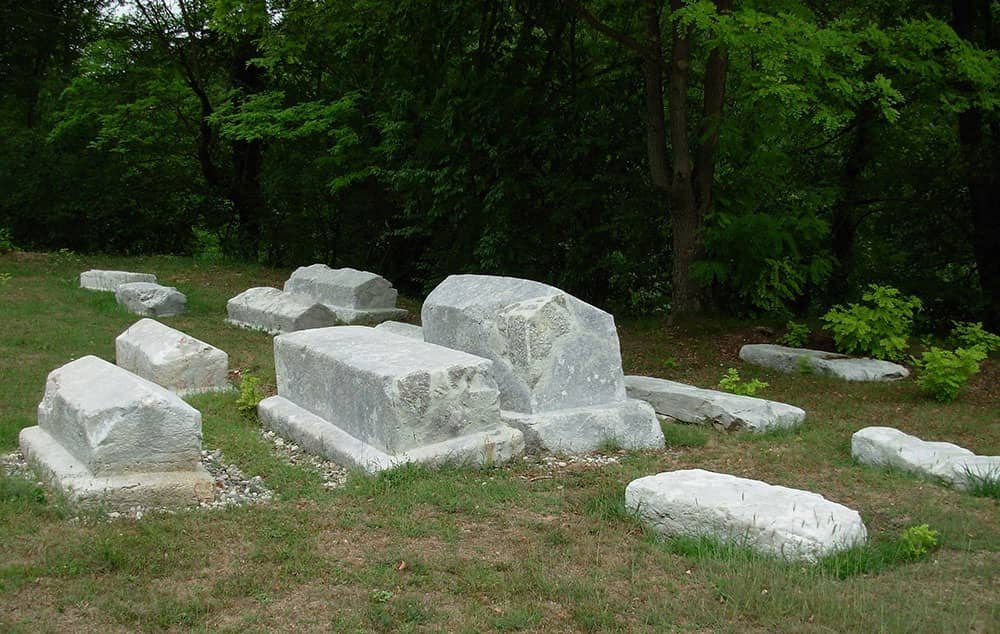
Stećci Medieval Tombstones Graveyards
Among the numerous UNESCO World Heritage sites in Montenegro are the ancient medieval tombstones and graveyards preserved for centuries. One of the most well-known sites is the Ste ci Medieval Tombstones graveyard in Dabar, which gained UNESCO recognition in 2016.
This cemetery, dating back to the 14th century, is home to over 1,500 carved stele monuments that mark the resting places of medieval Bosnian royalty and nobility. These stones feature unique carvings depicting scenes from daily life during that era and symbols from Christianity and Islam.
As one explores Montenegro’s diverse landscape, it becomes evident that it holds countless stories waiting to be uncovered. From its dramatic mountain ranges to its pristine coastline along the Adriatic Sea, the country boasts an enchanting blend of natural beauty and historical significance.
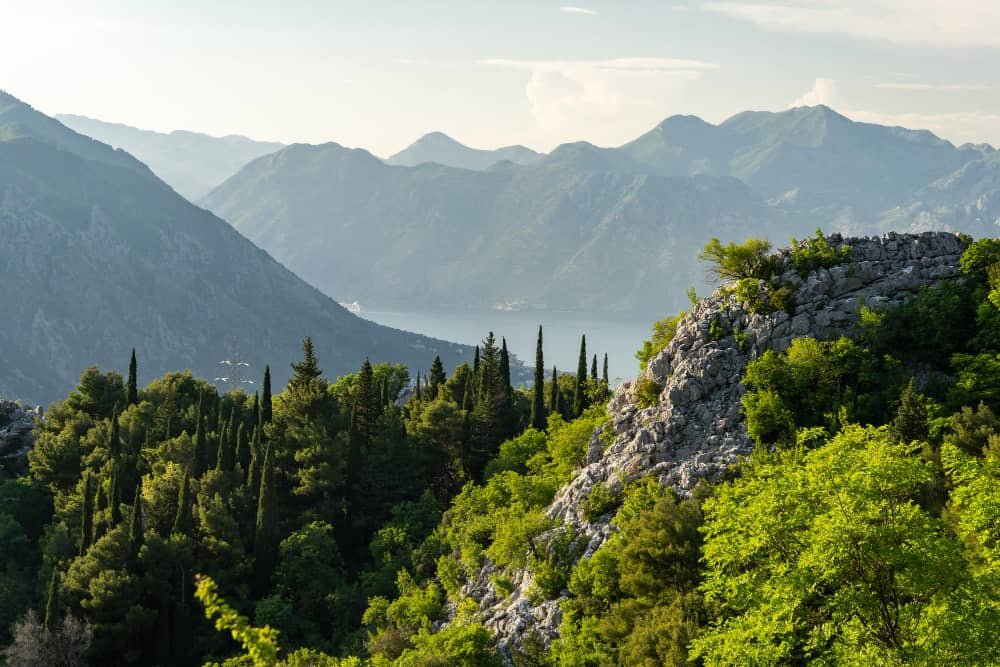
Durmitor National Park
Durmitor National Park is a breathtaking natural wonder located in the heart of Montenegro. As one of the UNESCO World Heritage sites in this small Balkan country, Durmitor captivates visitors with its stunning landscapes, diverse wildlife, and rich cultural heritage. Nestled in the Dinaric Alps, this national park offers a mesmerizing combination of towering peaks, deep canyons, crystal-clear lakes, and lush forests that have earned it international recognition as an exceptional natural and cultural entity.
Whether you are an outdoor enthusiast seeking thrilling adventures or a nature lover yearning for tranquility and serenity, Durmitor National Park is a must-visit destination that promises unforgettable experiences amidst its pristine beauty.
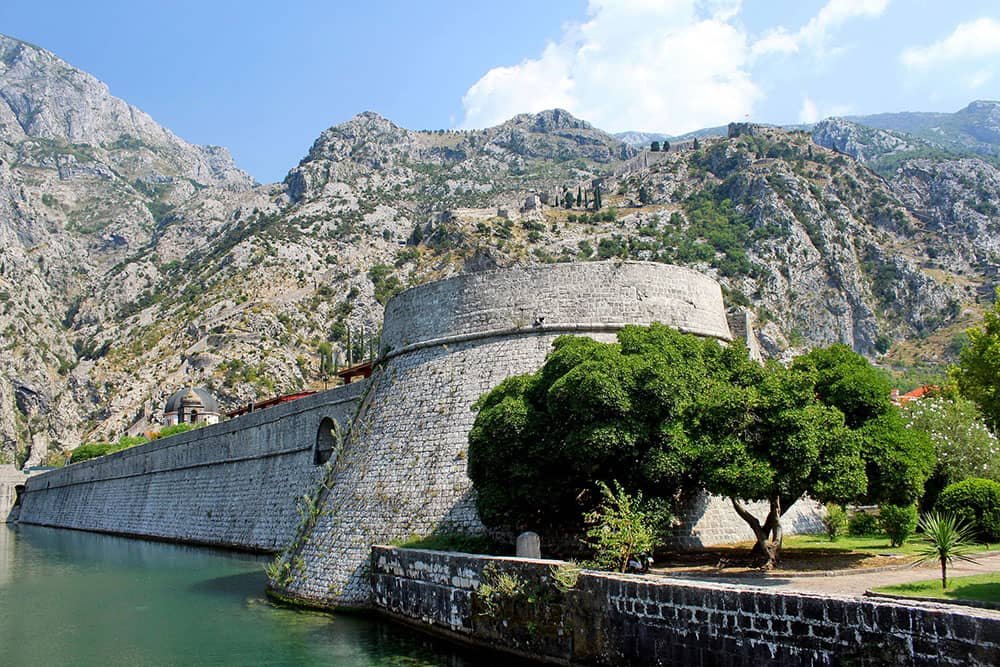
Venetian Works of Defence between the 16th and 17th centuries: Stato da Terra – Western Stato da Mar
The defensive system employed by the Venetians in Montenegro during the 16th and 17th centuries was referred to as Stato da Terra and Stato da Mar. These remarkable defensive structures, situated along the Montenegrin coastline, have been acknowledged as UNESCO World Heritage sites. They serve as a testament to the might and influence of Venice during that era.
Stato da Terra encompasses extensive walls that safeguard inland territories from terrestrial dangers. Constructed from durable stone and mortar, these walls were highly resistant and formidable to breach. Additionally, they featured moats equipped with drawbridges, which could be raised or lowered based on imminent threats. Alongside Stato da Terra, Stato da Mar was established to defend against maritime perils, including pirate vessels.


